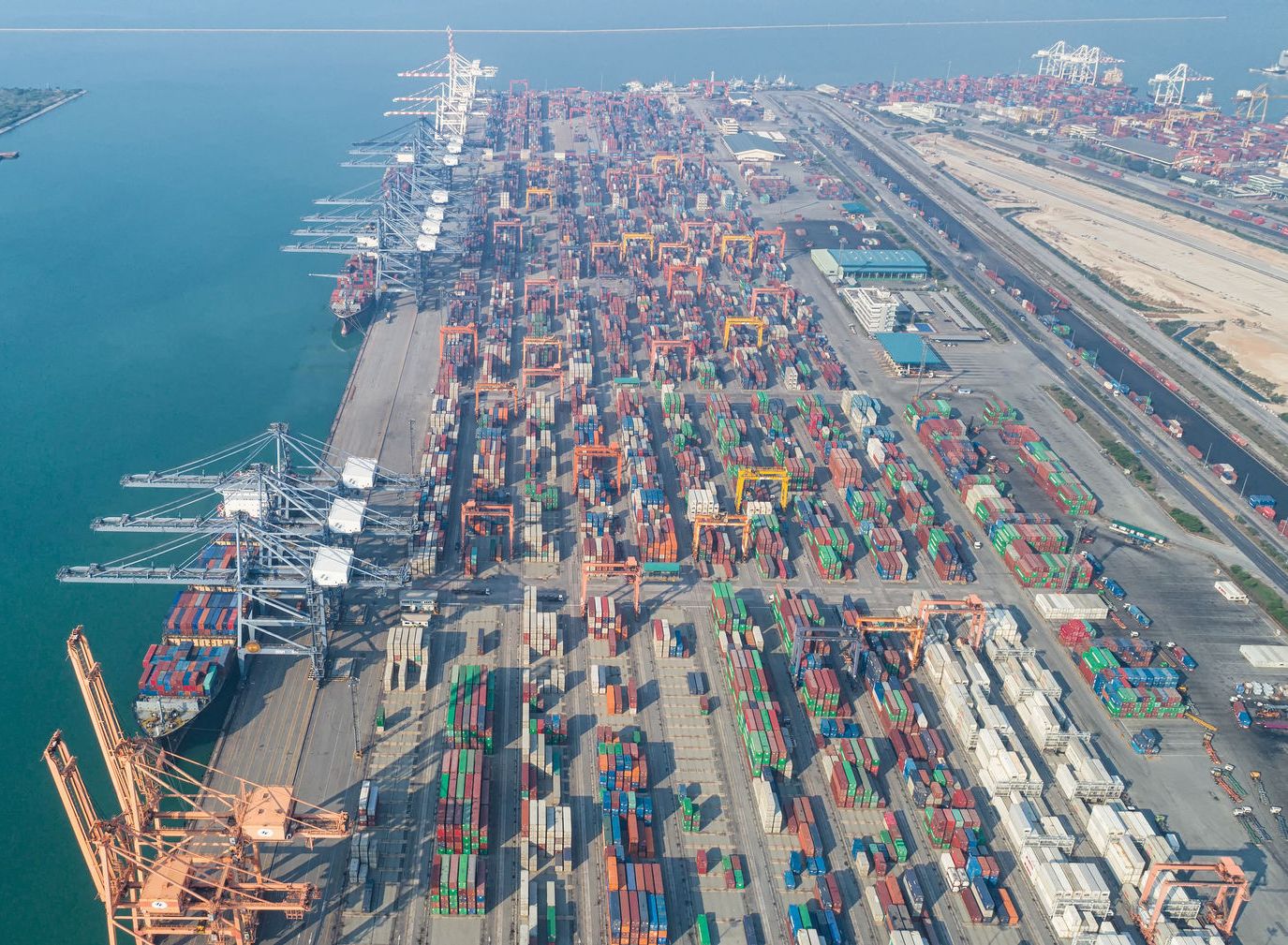ELECTROMOBILITY ON TRACKS
The best of both worlds!
Mechanical tracking by using existing rails without switch points.
+ Each vehicle / shuttle shifts direction individually at each switch.
Fully automatic transport system
Synchrotrain stands for an entirely new, fully automatic electrical transport system on existing railroad systems, without congestion or intermediate stops. Its function is designed analogous to that of an elevator.
1,400% more transport capacity than the car and the railroad
With synchrotrain, a modern-day two-lane railway line would have the capacity of a 12-lane motorway in any direction, or that of a modern railroad with 15 tracks in each direction.
Electromobility with infinite range
The synchrotrain vehicles are based on the chassis of today's cars or trucks, and are driven by electric motors, drawing power from the existing overhead railway.
Less CO2 emissions than electric cars
The carbon footprint of this system is smaller than that of combustion and electric cars, even considering the manufacturing and maintenance expenditure. Even if 0.1% converts up to 70 million tons less CO2 per year.
Use of existing infrastructure
Synchrotrain can travel anywhere on 1.3 million km of existing tracks, at different track widths, worldwide. No new infrastructure has been build.
Speeds of up to 320 km/h
With today's grinding systems, the railway can reach speeds of up to 320 km/h. Synchrotrain is designed for 200 km/h, a more economical speed.
Applications
Ports

The key users are to be port operators, with automated container transport to storage locations in the surrounding country, in order to save storage costs. This eliminates truck transport through the city and all associated loads such as exhaust gas, traffic jams, noise, shocks, and suspended solids. Since only goods are transported, obtaining permits will be less challenging.
New Cities & Model cities

Electric and automatic cars cannot significantly reduce traffic or increase the utilization of the road. A city with a Synchrotrain as the main means of transport needs less space for traffic, thus freeing it from traffic jams and stops at crossroads. Parking and CO2 emissions issues would be greatly alleviated as well.
Tunnels & bridges

Expensive infrastructure elements such as tunnels or bridges can rarely generate the money invested today. Synchrotrain, with its 10-14 times higher utilization rate, creates completely new dimensions. The loading and unloading does not have to take place at one point, but can be distributed to many, since the system works on existing tracks. Thus, the road traffic is distributed better.
Vision

The world is linked by roads, planes, ships, and the railway. Synchrotrain can use the railway network and thus in the future connect local Synchrotrain facilities more efficiently than any other system worldwide.
Team

Uwe Stahn
Inventor and CEOInnovative and pragmatic graduate engineer (information technology in the field of machine tools) with many years of experience in the disciplines of information technology, databases, mechanical engineering, automation technology and electronics

Johannes Stahn
DeveloperStudent of engineering science at the TU-Berlin. Working student at the DLR (German Aerospace Center) and Fraunhofer IZM (Institute for Reliability and Microintegration).

Wilhelm Stahn
Public relations

Luc Budde
Business development and marketing
“The biggest obstacles on our way are not the stones, but the sand mountains.”
Ø speed
more capacity
CO2 reduction
vehicles per minute
Impressions






Facts

Required width
The required width is about 12 meters. In comparison to the same load: a highway needs a width of about 100 meters and a railway a width of about 180 meters.
Maximum load
New routes on which only Synchrotrain is to be routed need no longer be designed for the load of a lock of 200 tons and more. For Synchrotrain, 50 tons suffice.
Synchrotrain capacity I
Synchrotrain can transport up to 247 vehicles per lane and per minute. In comparison: 32 cars on a track of the highway; 0.2 trains or 10 capsules for Hyperloop.
synchrotrain-Kapazität II
Synchrotrain capacity II The maximum number of persons transported per minute is 7,410 for Synchrotrain. In comparison: 1600 persons with buses, 160 persons in the train and 200 persons with Hyperloop.
Contact
Imprint










